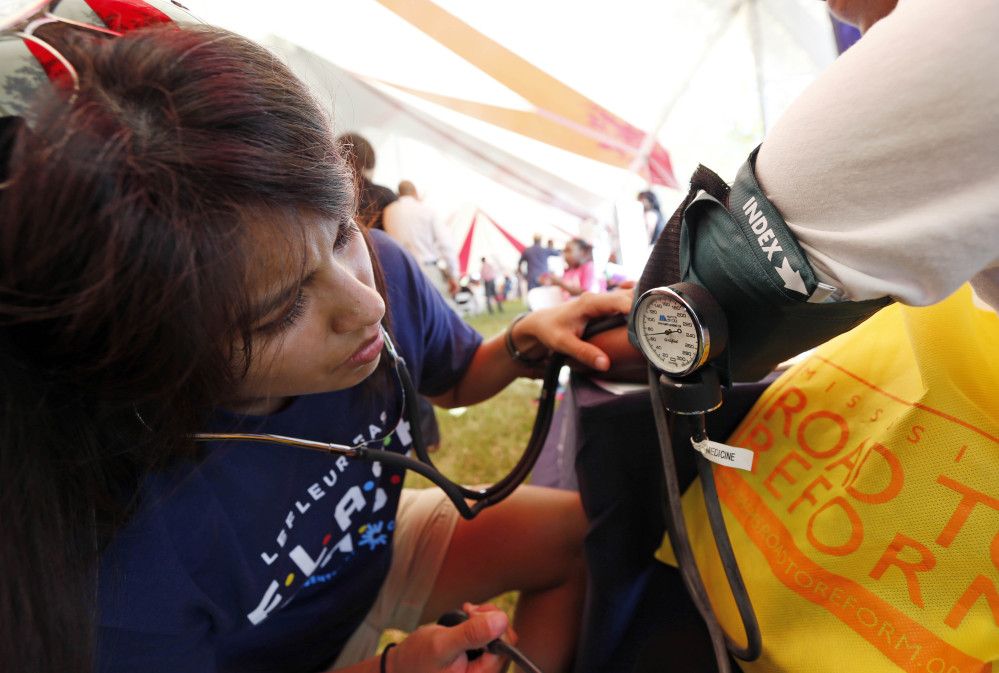CHICAGO — “Do-it-yourself” blood pressure measurements and medicine changes work better than usual doctor-office care in some patients, a study of older adults in England found.
Those who did their own readings at home and adjusted their medicine as needed had healthier blood pressure levels after a year than those who got standard doctors’ care.
Self-care patients weren’t completely on their own – any changes they made were part of a treatment plan previously approved by their doctors. But the patients didn’t need to consult their doctors every time they increased the dose if it was part of the original treatment plan.
Why self-management worked best is uncertain, but patients who participated were taking more medication than the others and were perhaps more vigilant than doctors treating the usual-care group, the study suggests.
It’s possible usual-care doctors had “clinical inertia” – a phenomenon described in other research showing that physicians often fail to increase blood pressure medication doses even when office measurements show patients’ levels are too high, said study author Richard McManus, a professor and researcher at the University of Oxford.
The study was published Tuesday in the Journal of the American Medical Association.
Nearly 1 in 3 U.S. adults have high blood pressure – measuring 140 over 90 or higher – but only about half of them have it adequately controlled, according to the Centers for Disease Control and Prevention. High blood pressure rates are similar in England, health surveys there have found.
The study involved 450 patients with previous heart trouble, strokes, diabetes or kidney disease, aged 70 on average, who were followed for a year.
Copy the Story LinkSend questions/comments to the editors.



Success. Please wait for the page to reload. If the page does not reload within 5 seconds, please refresh the page.
Enter your email and password to access comments.
Hi, to comment on stories you must . This profile is in addition to your subscription and website login.
Already have a commenting profile? .
Invalid username/password.
Please check your email to confirm and complete your registration.
Only subscribers are eligible to post comments. Please subscribe or login first for digital access. Here’s why.
Use the form below to reset your password. When you've submitted your account email, we will send an email with a reset code.